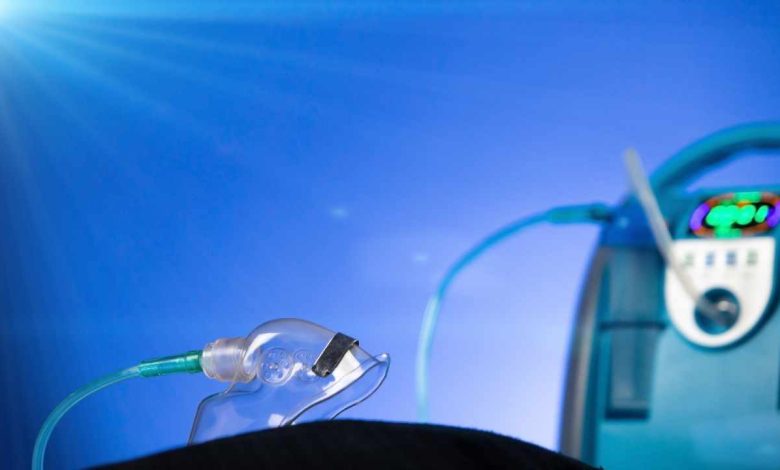Understanding the Role of Oxygen Concentrators in Medical Treatment
Understanding the Role of Oxygen Concentrators in Medical Treatment

In the realm of medical equipment, oxygen concentrators play a pivotal role in ensuring patients receive the necessary oxygen therapy to manage various respiratory conditions. Let’s delve into the intricacies of oxygen concentrators, exploring their functionality, benefits, and considerations for usage.
Introduction to Oxygen Concentrators
What are oxygen concentrators? Oxygen concentrators are medical devices that extract oxygen from the surrounding air and deliver it to the user at higher concentrations. These devices are crucial for individuals with respiratory ailments, such as chronic obstructive pulmonary disease (COPD), asthma, or cystic fibrosis.
How Oxygen Concentrators Work
Oxygen concentrators function by drawing in air from the environment, removing nitrogen through a process called filtration, and delivering purified oxygen through a nasal cannula or mask. The key components of an oxygen concentrator include an air compressor, sieve beds, and delivery system.
Types of Oxygen Concentrators
There are two primary types of oxygen concentrators: portable and stationary. Portable concentrators offer greater mobility and convenience, while stationary models are designed for use at home or in medical facilities. Additionally, oxygen concentrators can deliver oxygen in either continuous flow or pulse flow modes, depending on the patient’s needs.
Benefits of Using Oxygen Concentrators
Using oxygen concentrators can significantly enhance the quality of life for individuals with respiratory conditions. These devices provide a steady supply of oxygen, enabling patients to perform daily activities with greater ease and comfort. Furthermore, oxygen concentrators promote independence and mobility, allowing users to maintain an active lifestyle without being tethered to bulky oxygen tanks. From a financial standpoint, oxygen concentrators offer long-term cost savings compared to traditional oxygen delivery methods.
Factors to Consider When Choosing an Oxygen Concentrator
When selecting an oxygen concentrator, several factors should be taken into account to ensure optimal performance and safety. These include oxygen purity, flow rate, and portability. Higher oxygen purity levels are crucial for patients with severe respiratory conditions, while adjustable flow rates accommodate varying oxygen needs. For individuals who lead an active lifestyle, portable oxygen concentrators offer the flexibility to travel and engage in outdoor activities.
Using Oxygen Concentrators Safely
Proper maintenance and usage are essential for the safe and effective operation of oxygen concentrators. Regular cleaning and servicing help prevent the buildup of contaminants and ensure consistent oxygen delivery. Familiarizing oneself with the device’s alarms and indicators is crucial for identifying any malfunctions or issues promptly. Additionally, users should adhere to safety precautions, such as avoiding smoking or open flames in the vicinity of oxygen equipment.
Common Misconceptions About Oxygen Concentrators
Despite their widespread use, oxygen concentrators are often subject to misconceptions and myths. One common misconception is that oxygen concentrators are only suitable for individuals with severe respiratory conditions. In reality, these devices can benefit a wide range of patients, from those with mild breathing difficulties to those requiring continuous oxygen therapy.
The Future of Oxygen Concentrators
Advancements in technology continue to drive innovation in the field of oxygen concentrators. Future developments may include enhanced portability, improved battery life, and integration with telehealth platforms. Additionally, efforts to increase accessibility and affordability aim to ensure that oxygen therapy remains accessible to all individuals in need.
Conclusion
In conclusion, oxygen concentrators play a vital role in the management of respiratory conditions, providing patients with a reliable source of oxygen therapy. By understanding how these devices work, along with their benefits and considerations, individuals can make informed decisions regarding their healthcare needs.









